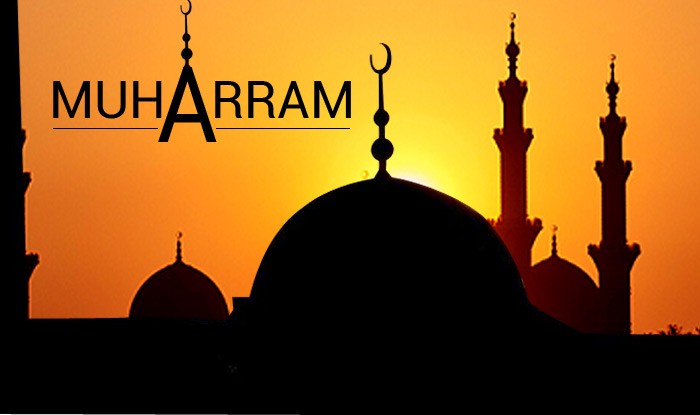Everything About Muharram…Know About Mourning on Ashura
It is a rare coincidence… The 10-day Dasara festival marks the good winning over the bad, similarly Ashura (Muharram) is also right won over wrong. Muharram also marks the beginning of the Islamic New Year, but it is a period of mourning where Muslim Shia community commemorates the martyrdom of Imam Hussain, the son of Hazrat Ali and grandson of Prophet Muhammad.
Around 14 centuries ago, on the day of Ashura, Imam Hussain, the grandson of Prophet Muhammad, was brutally killed by the tyrant ruler of those times for standing for justice and equality. Although Imam Hussain was killed in the battle of Karbala, his message lives on, hence pronouncing his victory. Muharram, or more specifically the 10th day of the month called Muharram, is when the ceremonial mourning takes place. It is considered to be the holiest month after Ramzan and one of the four sacred months in the Islamic calendar. Muharram is observed by Muslims across the world.

The story of Karbala is a very tragic one. It incites the feeling of empathy and sadness in people every time they listen to it. Imam Hussain was accompanied by his friends and family, including women and young children. They were surrounded by an enemy army of thousands, who had kept them deprived of water and food in the desert heat for three successive days before being brutally killing them.
You cannot resist tears when the story of Hussain’s water-deprived six-month-old son’s killing is told in the traditional renditions during a majlis.

He was killed by the army of the Caliph Yazid in 680 AD at the battle of Karbala situated in modern-day Iraq. Shia Muslim community mourns Imam Hussain Ali’s death by flagellating themselves with sharp objects on Muharram. They cut their bodies covered with mud and lit bonfires in the streets and enact the Battle of Karbala. Some devotees visit Imam Hussain’s shrine in Karbala.
Imam Hussain’s death is interpreted by the Shia community as a symbol of the struggle against injustice, tyranny, and oppression. In modern times, some Shia Muslims do not adhere to the practice of self-flagellation because it is dangerous.
While the Shias flagellate, the Sunni Muslims fast on 9th, 10th and 11th day of Muharram as it is believed that fasting on these days is a way to make amends for the sins of the coming year. For Sunnis, Ashura marks the day that Moses and his followers were saved from Pharaoh by God by creating a path in the Red Sea.
Muharram in Hyderabad
With about 200,000 Shias, Hyderabad is home to the second-largest Shia community in India, after Lucknow. The Muharram of Hyderabad draws people from not just different parts of Andhra Pradesh but also other states like Karnataka, Maharashtra, Tamil Nadu and even from northern states. Shias point out that there is no parallel to Hyderabad’s Muharram procession in the entire country.
The Badeshahi Ashurkhana, the oldest in the city, was built in 1594 by Mohammed Quli Qutub Shah, three years after the construction of Charminar, the symbol of Hyderabad.
Some people believe that Quli Qutub Shah named the city after Hyder, one of the names of Hazrat Ali, son-in-law of Prophet Mohammed and father of Imam Hussain. The Bibi ka Alam, assigned to Prophet Mohammed’s daughter Bibi Fatima Zehra, was raised by Hayat Bakshi Begum during the reign of her son Abdulla Qutub Shah.
According to historians, the rituals of mourning during Muharram started in the Deccan during the 14th century. It received royal patronage during the times of Qutub Shahis, who were Shias.
Another special feature of Muharrum in the city is the presence of about 40 ‘matami’ or mourning groups, whose members recite elegies and also resort to self-flagellation. To show solidarity with the sufferings of the Imam and his family members, the groups of devotees inflict wounds on themselves by using sharp objects like knives and blade-encrusted chains. The streets in Shia-dominated areas wear a different look, with several roadside stalls coming up to provide water to people.










